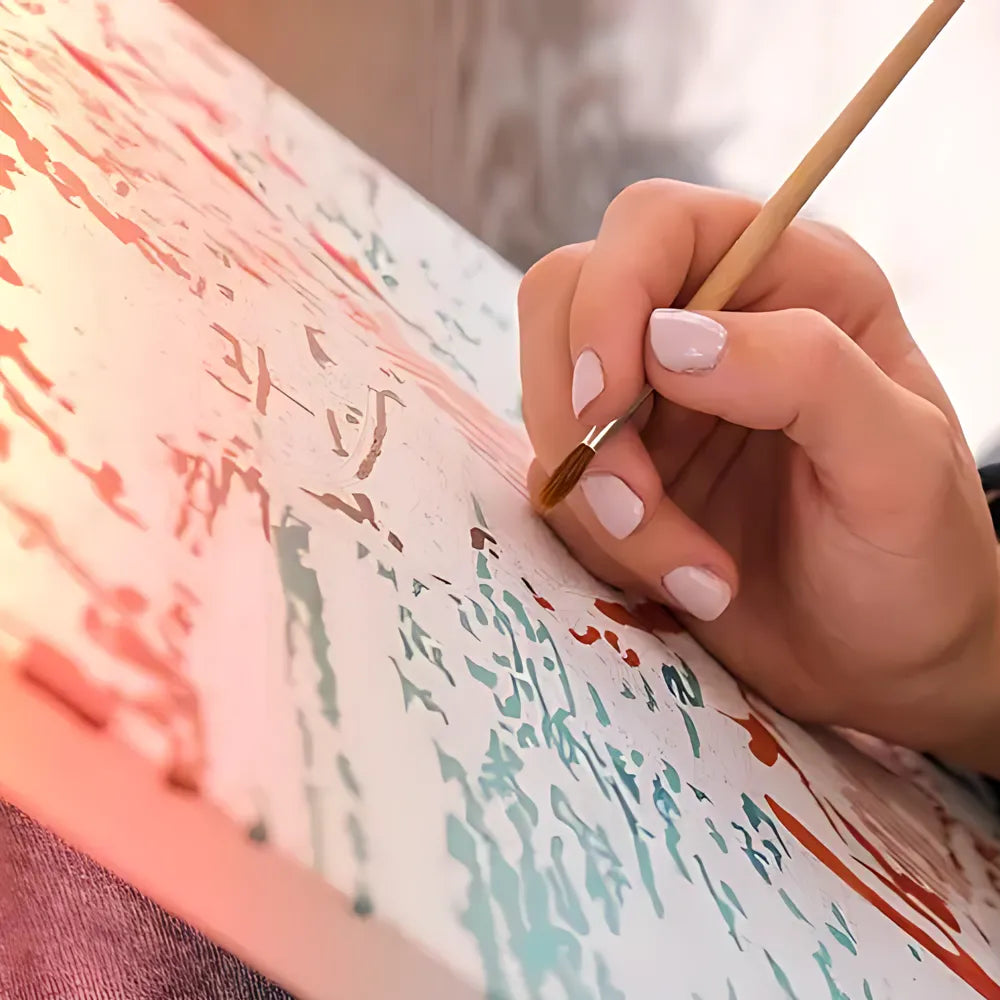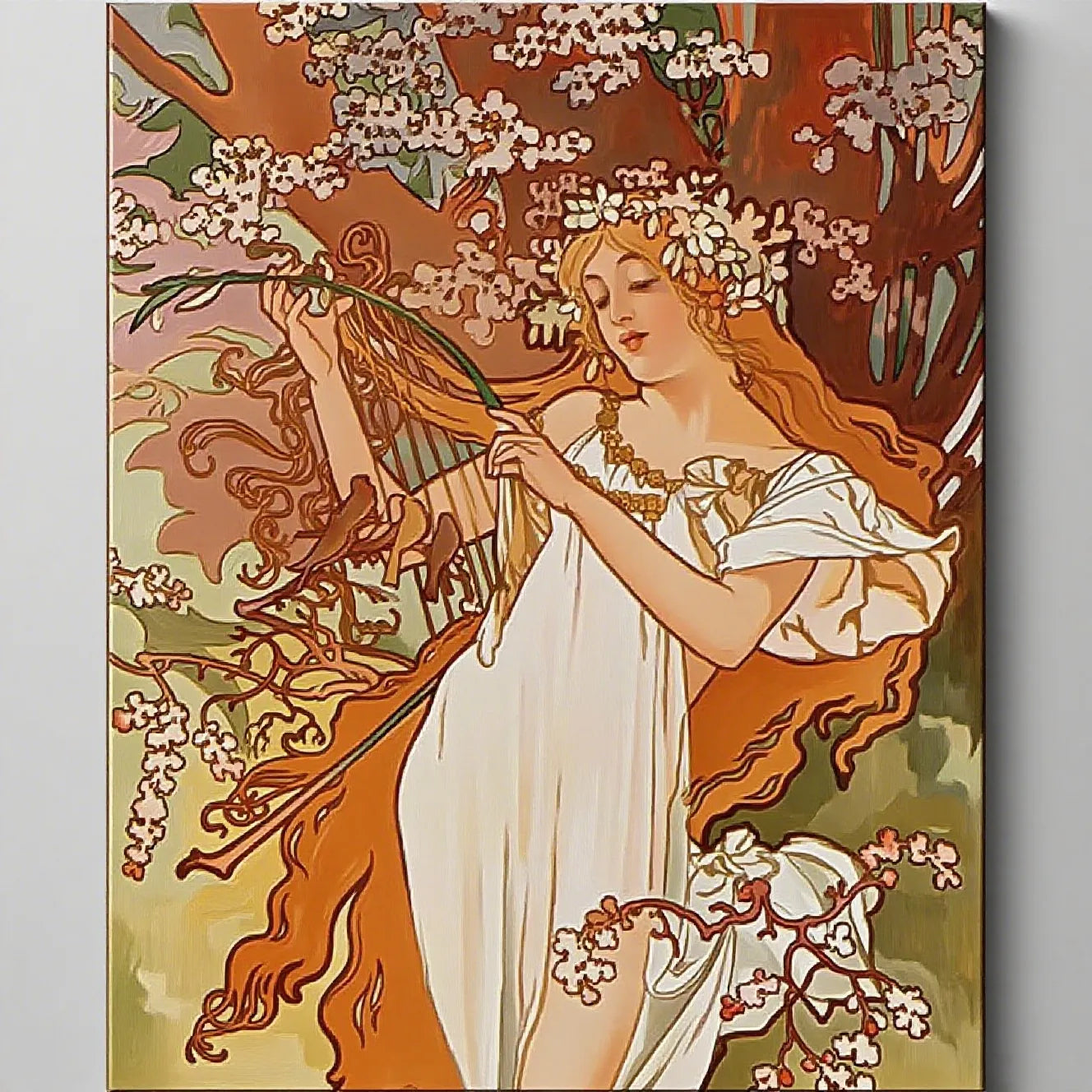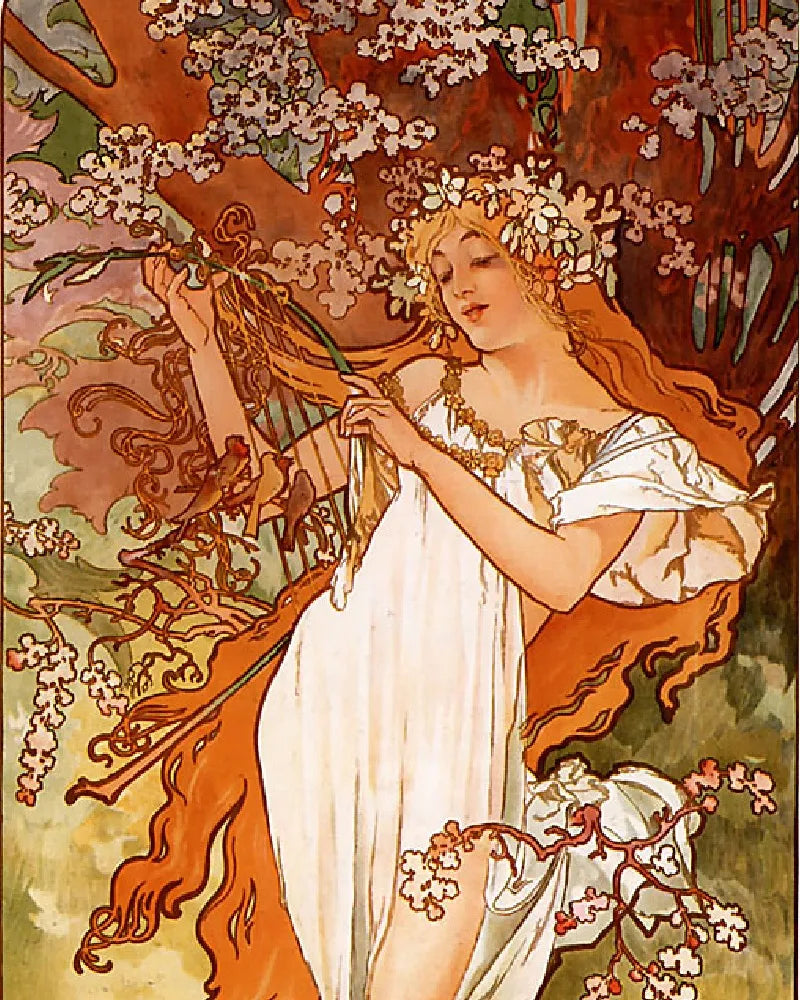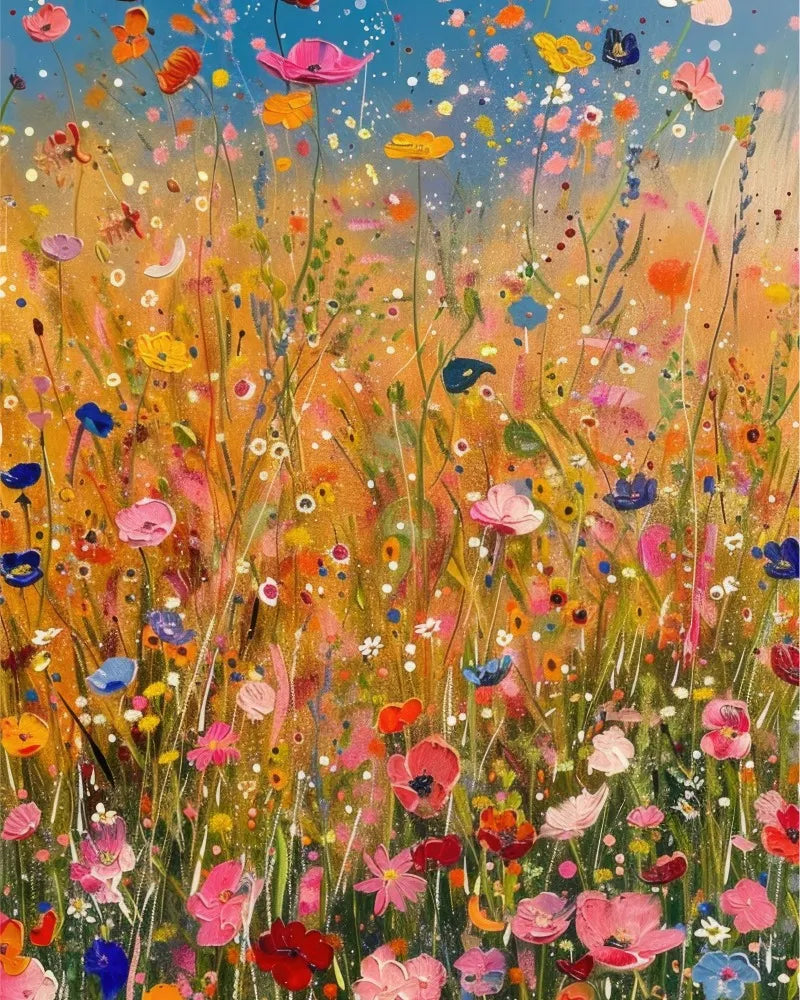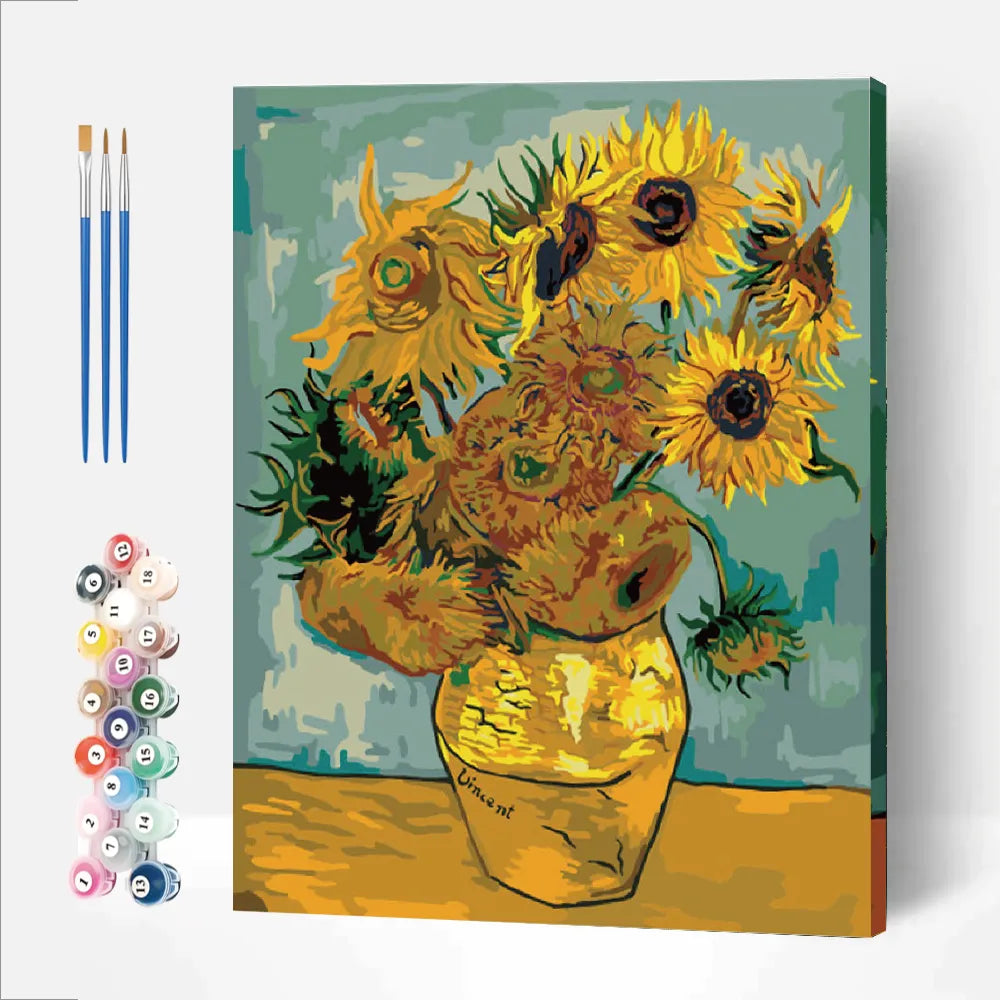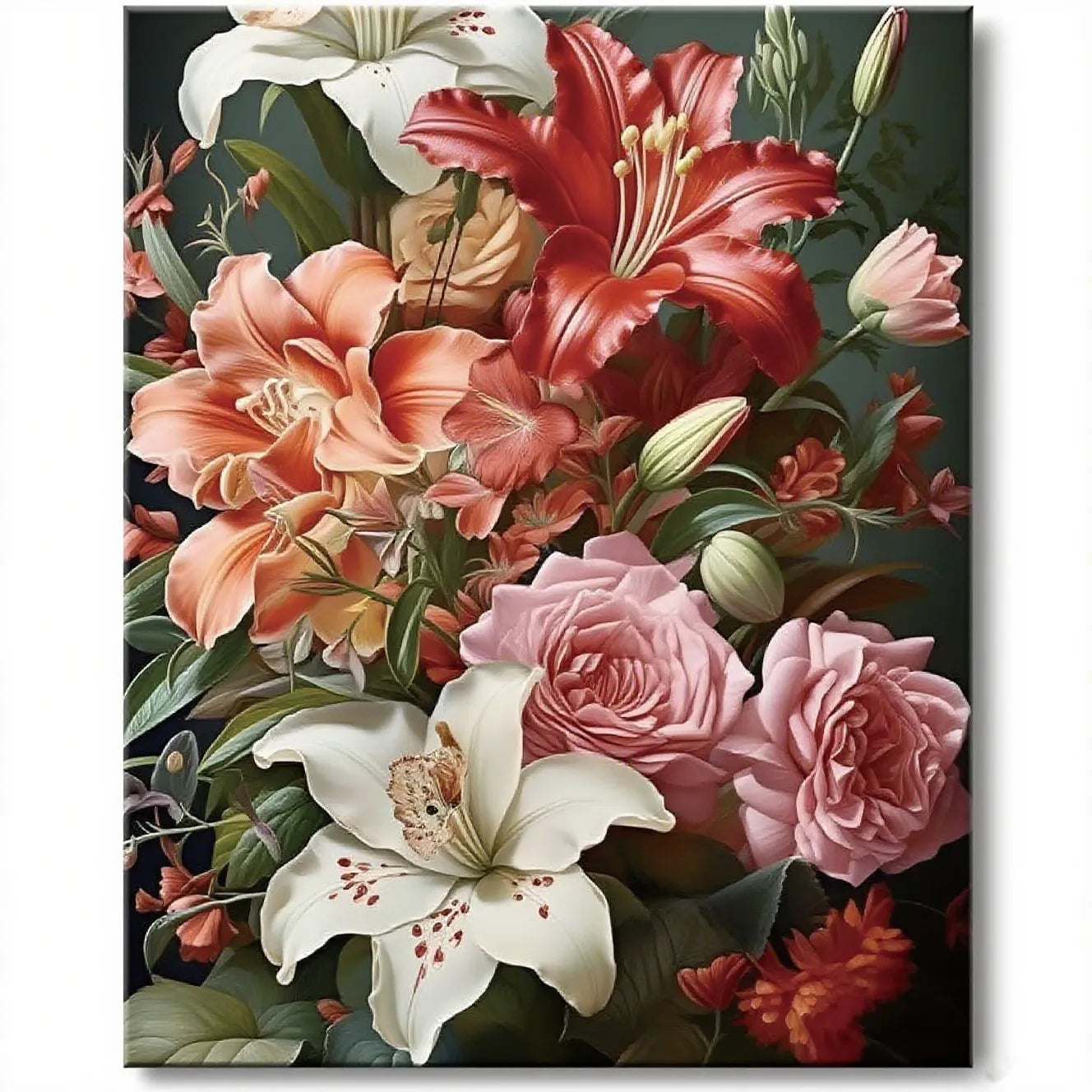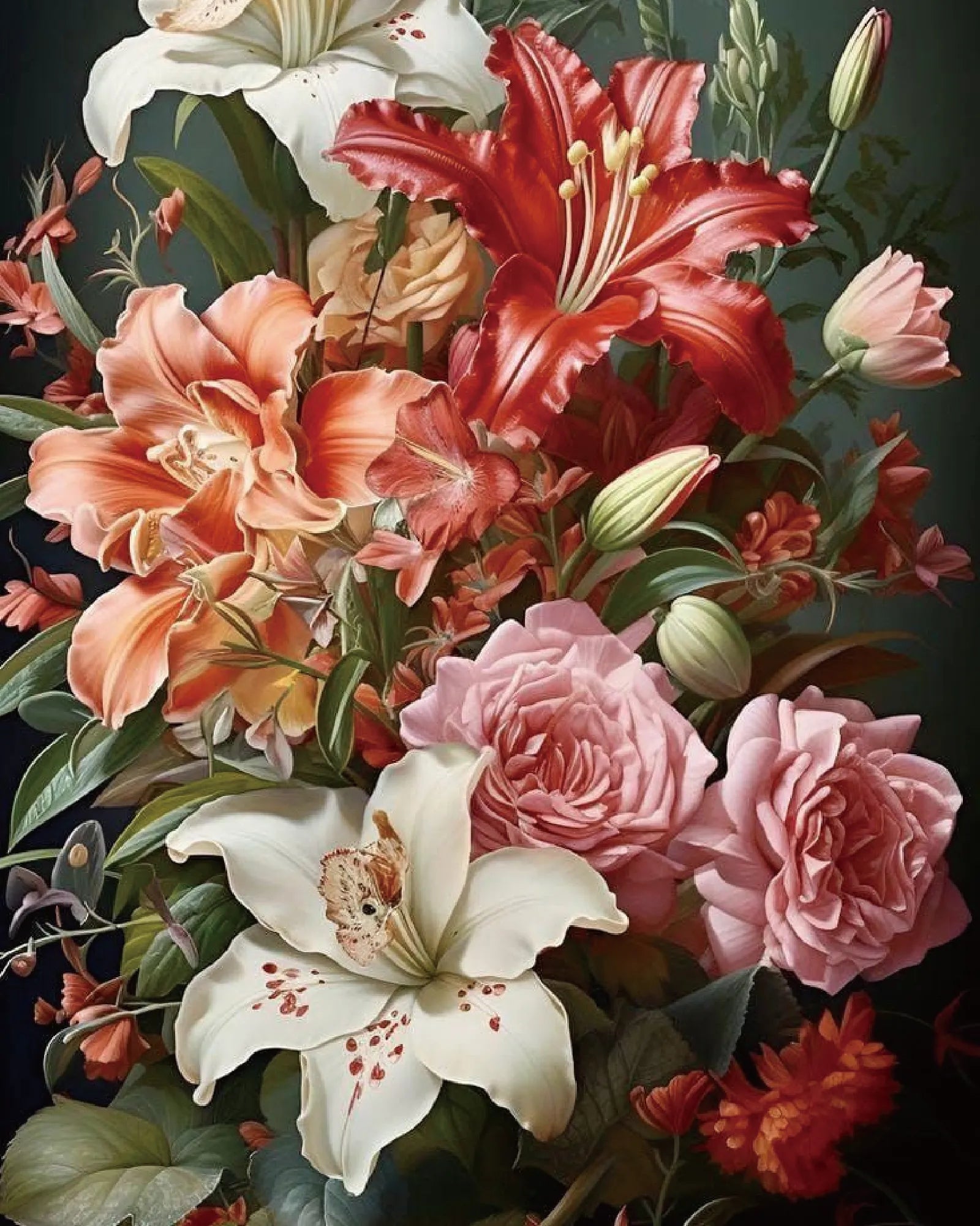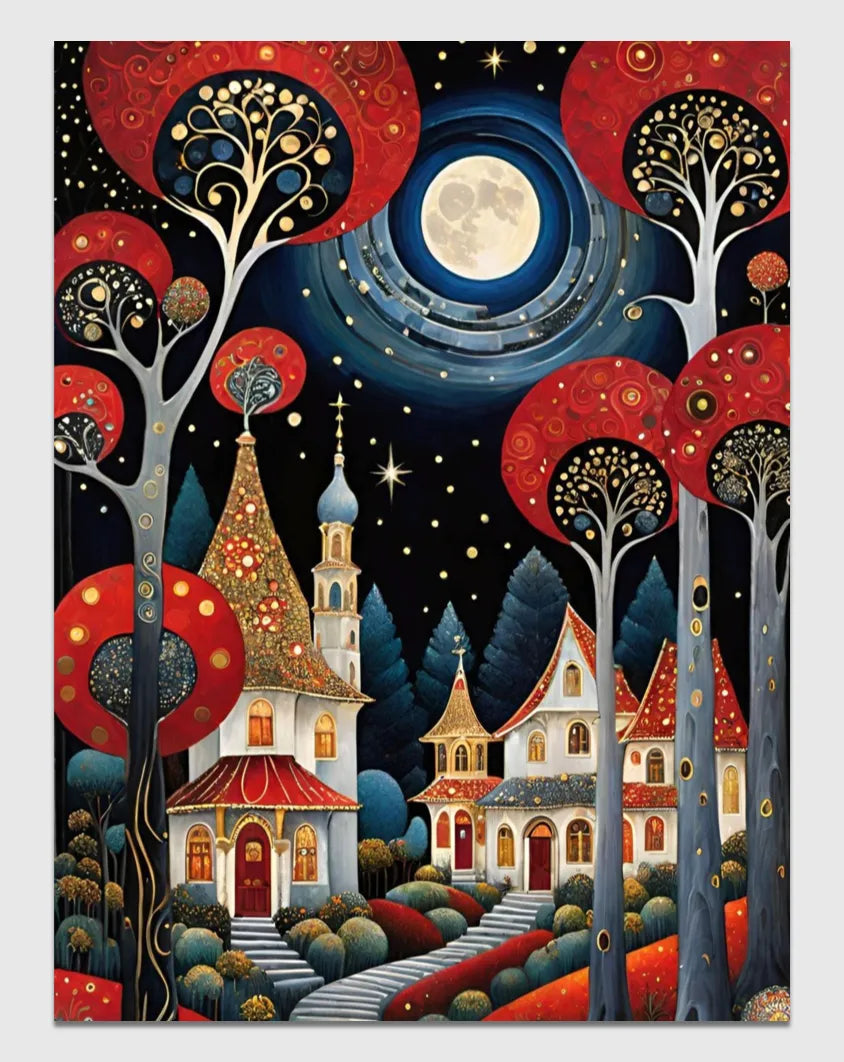Color is a magical tool for designers, marketers, and print professionals. It communicates emotion, compels action, and creates unforgettable visual identities. But working with color isn’t as simple as it looks. If you're in the design or print world, you're probably familiar with two dominant color models: CMYK and RGB. Today, we’re focusing on CMYK because if you're printing anything—from business cards to billboard ads—this is the color model you need to understand. This guide will explain what CMYK is, how it works, and how to use it effectively for your projects.
What is CMYK and Where is it Used?
CMYK stands for Cyan, Magenta, Yellow, and Key (Black). It’s a subtractive color model, meaning colors are created by subtracting (absorbing) wavelengths of light, leaving only the desired color visible. It’s the standard model used in color printing because it works perfectly with printers, which layer ink onto a white surface to recreate your design. Whether you're publishing a magazine, designing product packaging, or creating promotional posters, CMYK is at the heart of every color-rich print project. It’s how we turn the bold and vibrant world of digital designs into physical, tangible products.

Breaking Down the Components of CMYK
Each of the four colors in the type of colors of CMYK plays a specific role in achieving the full spectrum of hues. Here’s what you need to know about each one:
Cyan (C):
Cyan is a bright, blue-green shade that absorbs red light. On its own, it may remind you of a clear summer sky or tropical waters. When combined with other inks, it helps build cool tones and deep greens.
Magenta (M):
Magenta, a rich, purplish-red color, absorbs green light. It’s essential for creating warm colors like pinks, reds, and purples. Think vibrant flowers or bold lipsticks.
Yellow (Y):
Yellow absorbs blue light, creating bright, sunny hues. It’s key for producing warm tones, like oranges, and works in harmony with cyan and magenta to create natural greens.
Key (Black):
Black is added as the “Key” color for depth, contrast, and precision. While cyan, magenta, and yellow technically can create black when mixed, the result often looks muddy or gray. Adding pure black ink ensures designs look sharp and professional.
Pick Your CMYK Color
Use the online tool to figure the CMYK value of a color.
CMYK vs. RGB: Understanding the Differences and When to Use Each
If you’re new to color models, here’s a quick breakdown of how CMYK compares to RGB (Red, Green, Blue):
- CMYK is for print. It’s a subtractive model, meaning colors are created by removing light. This is ideal for physical projects like brochures, posters, and books.
- RGB is for digital screens. It’s an additive model, where colors are created by combining light. It’s used for anything displayed on a screen, such as websites, social media, and videos.
When to Use Which?
- Use CMYK if your project will end up on paper or another physical medium.
- Use RGB if your work is designed to stay in the digital space.
💡 Pro Tip: If you're creating a design digitally but know it will be printed, always convert your file to CMYK before submitting it to the printer. RGB colors may look fine on your screen but appear dull or inaccurate in print.
How to Apply CMYK in Design and Print
To use the CMYK color model effectively, here are some simple steps for designers and print professionals:
- Start with CMYK-Friendly Software: Tools like Adobe Photoshop, Illustrator, and CorelDRAW allow you to design in the CMYK color space from the outset.
- Set Up Files Correctly: Always set your document mode to CMYK if you’re designing for print.
- Use CMYK-Safe Colors: Some RGB colors can’t be reproduced exactly in CMYK, so choose your palette carefully. Many design tools offer CMYK swatches to ensure color accuracy in print.
- Send CMYK-Converted Files to Printers: When sending files to the printer, make sure they’re in CMYK format—not RGB. This guarantees the colors you see on your screen are as close as possible to what you’ll see on the final product.
Tips for Color Calibration and Accuracy
Color consistency is a common challenge in design and print. What looks perfect on one monitor may appear completely off on another. To ensure accuracy, follow these tips:
- Calibrate Your Monitor: Use tools like a colorimeter to adjust your screen’s color settings for better accuracy.
- Use CMYK Color Proofs: Request proofs from your printer to review how your colors look on paper before running a full print job.
- Understand Paper Types: The type of paper (matte, glossy, textured, etc.) can affect how colors appear once printed. Consult with your printer to make the right choice.
💡 Pro Tip: Include color calibration bars in your designs so printers can match colors precisely.
Common CMYK Printing Issues and How to Troubleshoot Them
Even with the best preparation, things can go wrong during printing. Here are some common CMYK issues and how to solve them:
- Colors Look Dull: This happens when RGB designs are printed without converting to CMYK. Always design in CMYK from the beginning.
- Mismatch Between Screen and Print: Calibrate your monitor and request proofs to avoid unexpected results.
- Banding or Uneven Color: Check with your printer to ensure they’re using high-quality equipment and properly aligned color plates.
Resources for Further Learning and Color Management
Want to master CMYK and advance your design skills? Explore these resources for ongoing learning and tips:
- Books: “Real World Adobe Photoshop” by David Blatner and Conrad Chavez offers practical advice for working with CMYK.
- Online Courses: Platforms like LinkedIn Learning and Udemy provide focused training on color calibration and design for print.
- Websites: The Pantone website is an excellent resource for color matching and finding CMYK-friendly shades.
Master the Art of CMYK in Your Design Projects
Understanding CMYK is essential for anyone working in design or print. From creating vibrant prints to ensuring color accuracy, knowledge of this color model can elevate your projects and deliver professional results. Whether you're creating marketing materials or launching your own print portfolio, CMYK will be your go-to guide for achieving stunning visuals. Looking to expand your expertise? Start experimenting with CMYK in your favorite design tool, or check out the recommended resources above. The more you work with it, the more confident you'll feel in using it to bring your creative vision to life!








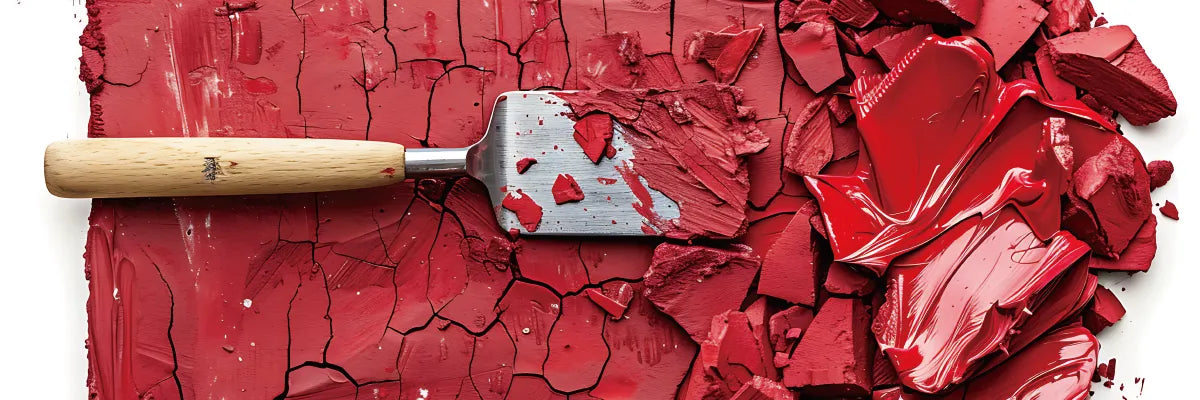




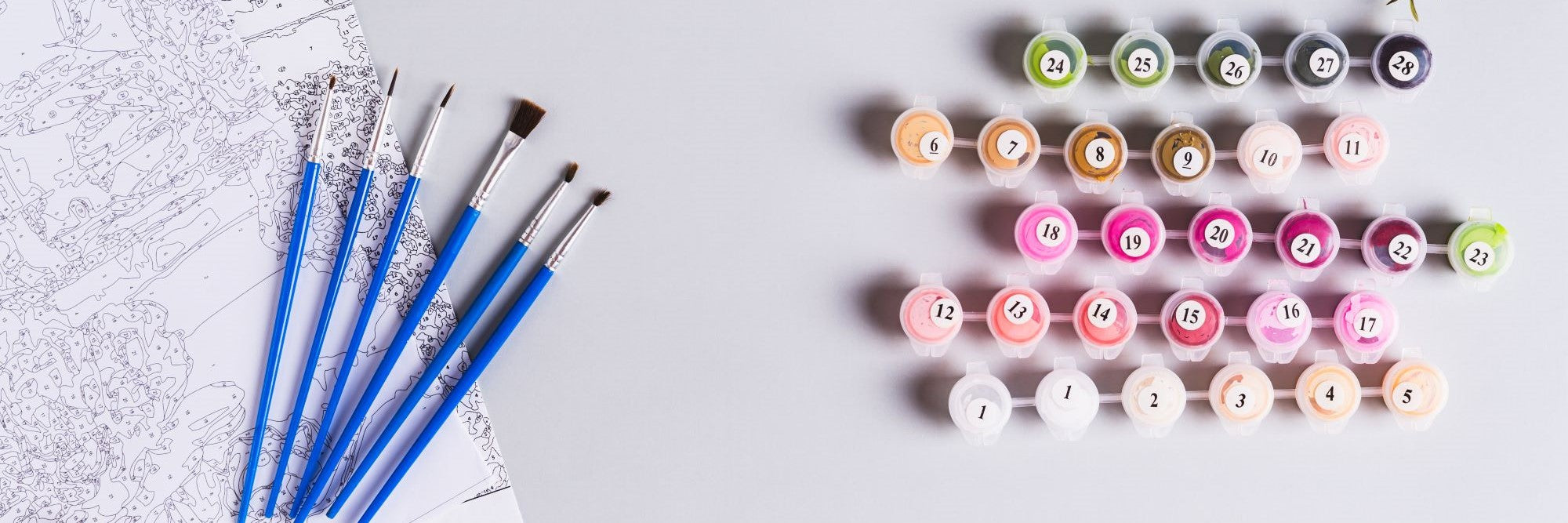

 https://1001canvas.com/blogs
https://1001canvas.com/blogs



